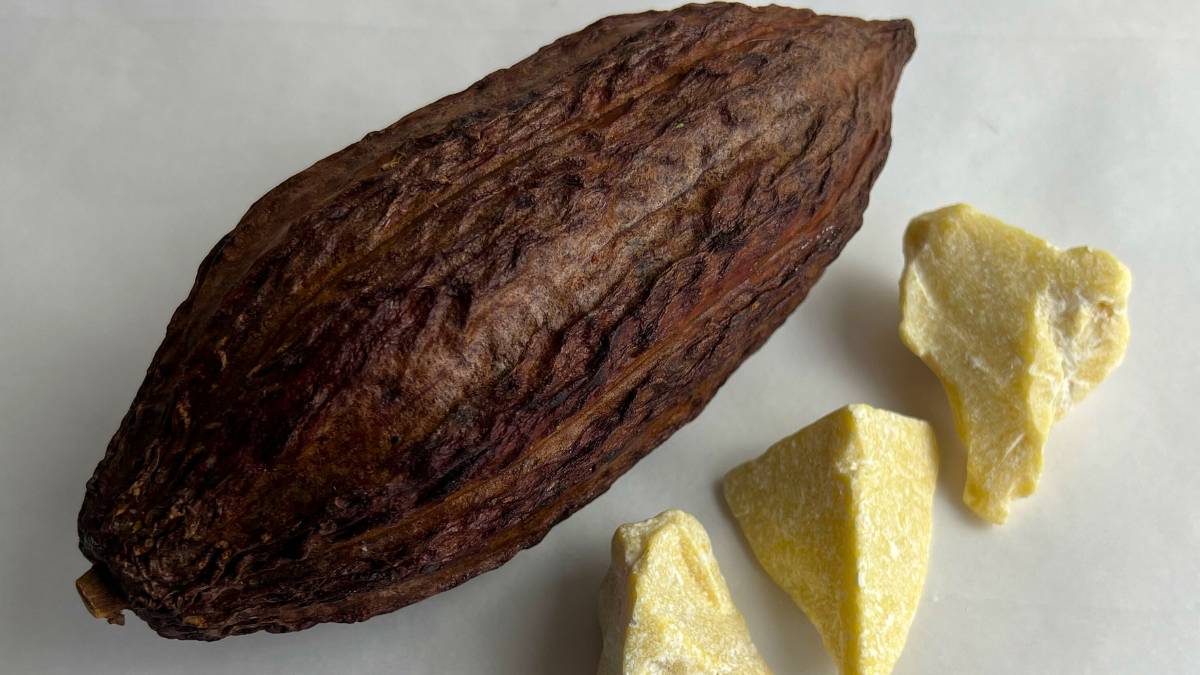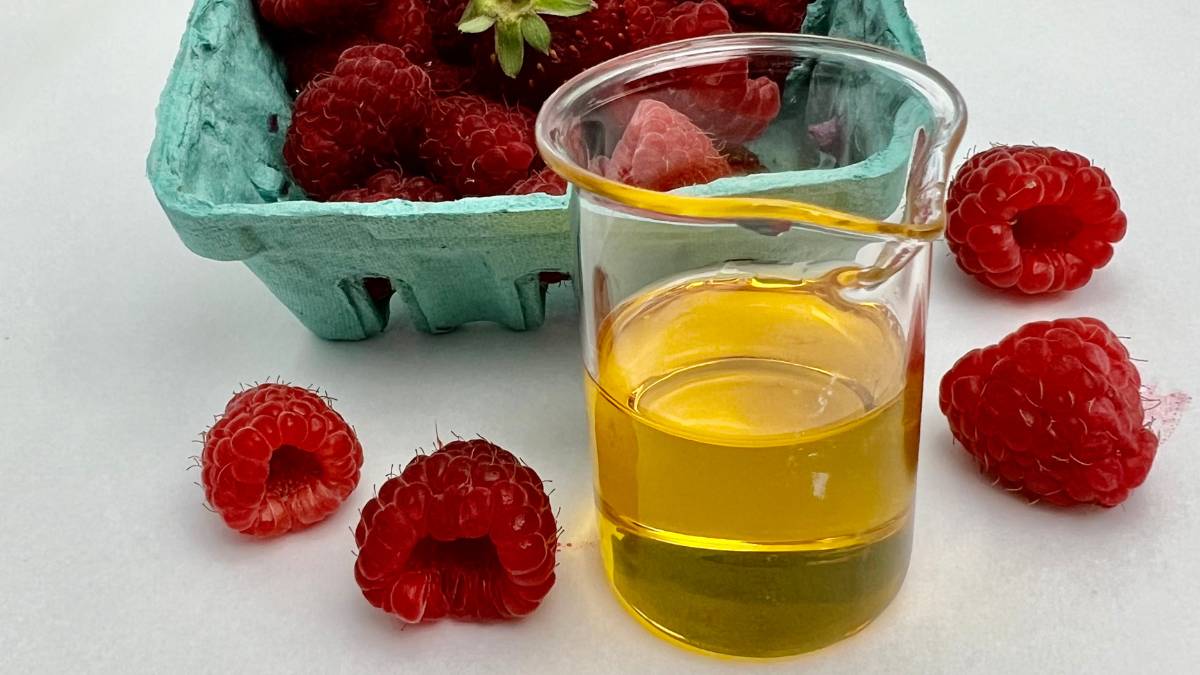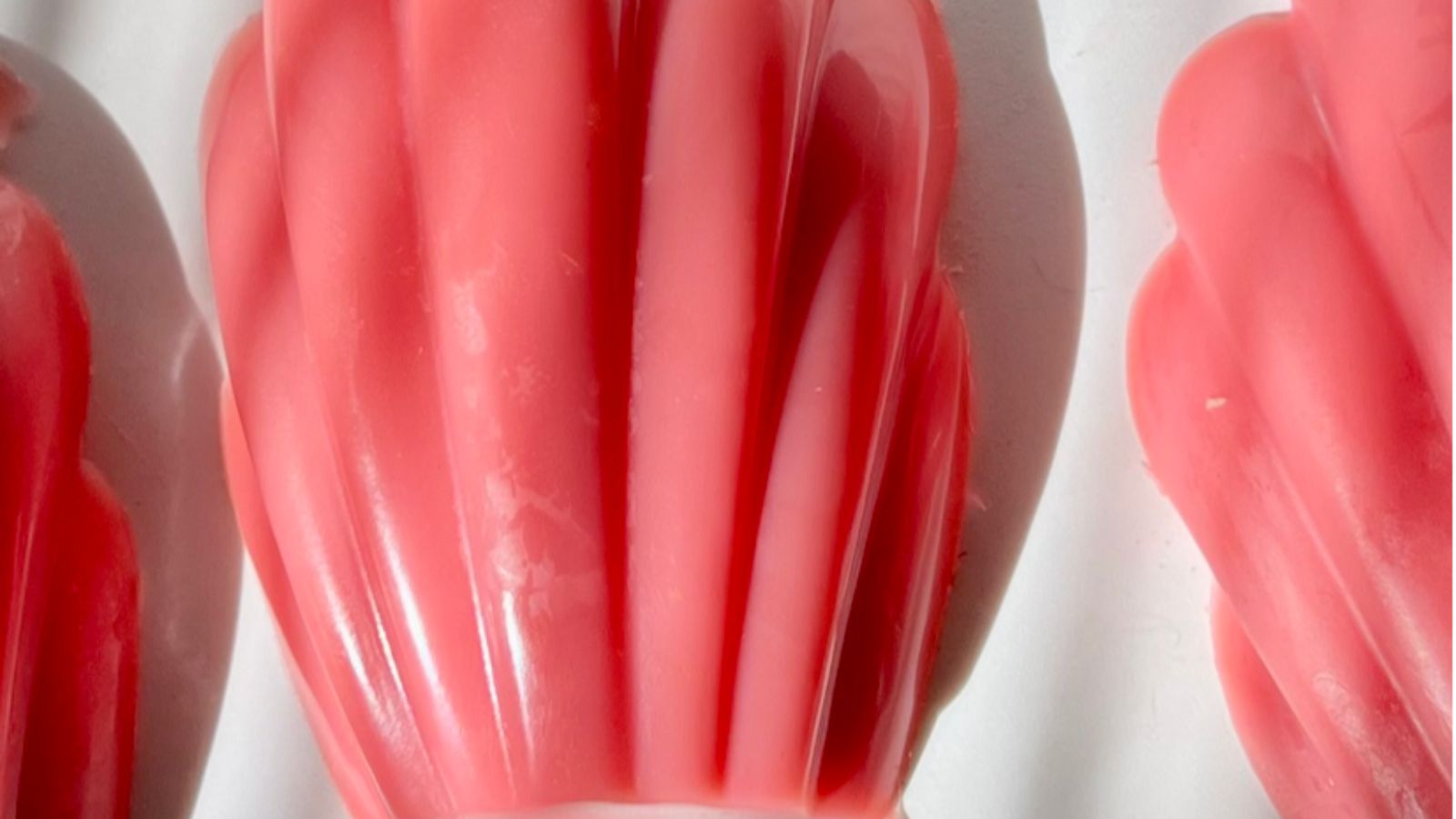Tallow has made a resurgence in skincare, and for good reason. This rich, nourishing fat has been used for centuries and offers a formulation experience similar to plant butters—yet with its own unique qualities. Whether you're new to tallow or looking for ways to refine your formulations, let’s explore how to use it, which oils pair well with it, and how it works in balms and lotion bars.
Tallow is a soft, saturated butter that remains solid at room temperature yet is more pliable than some plant butters. It melts easily into formulations, blending well with liquid oils to create balanced textures.
For those who formulate with plant-based butters like shea or cocoa, you’ll find that tallow functions similarly in skincare recipes—offering occlusive protection while sinking into the skin with the right oil pairings.

Cocoa Butter
Tallow can feel rich on the skin, but by selecting the right oils, you can adjust its texture and absorption.
If tallow feels too oily on the skin, pairing it with lighter, drier-feeling oils can help reduce heaviness.
Consider using:
- Camellia seed oil – Lightweight and fast-absorbing
- Hazelnut oil – Astringent and balancing
- Grapeseed oil – Non-greasy and quick to absorb
- Jojoba oil – Technically a liquid wax, helps balance skin feel
- Rice bran oil – A versatile option that adds slip
For Mature & Dry Skin
Some swear by tallow as a deeply nourishing alternative to plant butters, especially for mature or very dry skin. Pairing it with antioxidant-rich, rejuvenating oils can enhance its benefits:
- Pomegranate oil – Helps improve skin elasticity
- Rosehip seed oil – Supports skin renewal
- Meadowfoam oil – Adds a protective barrier without heaviness
- Jojoba oil – Mimics skin’s natural sebum
- Argan oil – Rich in essential fatty acids and vitamin E

Rosehip Seed Oil
Tallow also makes an excellent base for healing balms and therapeutic salves, much like plant butters. To enhance its restorative properties, consider blending it with:
- Calendula-infused oil – Known for soothing sensitive skin
- Andiroba oil – Traditionally used for inflammation
- Neem oil – Potent for problem skin
- Tamanu oil – Helps with skin repair and scarring
- Karanj oil – A lesser-known but effective healing oil
A Simple Tallow Lotion Bar Recipe
Tallow also works beautifully in solid skincare, such as lotion bars. Here’s a simple formula you can try:
Basic Tallow Lotion Bar
1/3 Beeswax (for structure)
1/3 Tallow (or plant butter) (for nourishment)
1/3 Liquid Oil (for skin feel)

Customization Tip: Try infusing the liquid oil with alkanet root for a touch of natural color!
Are you working with tallow? Leave a question or a comment below

Where do you buy all these exotic oils?
Hi Lisa – there is a link to a Sources doc to help you find reputable sources. https://lipidoils.com/sources-guide-pdf-delivery/
Love it Susan, another winner! I love my tallow balm, it doesn’t love me though (my lips react to it every time, even on its own). I’d suggest adding vitamin E to the recipe, to delay oxidation 🙂
Made butter last week with it , just because. I used tallow, lanolin, murumuru butter, castor oil, butter pearls, tapioca starch and it really feels great. I think my dry skin loved it. Only problem is, I need to find an FO that can handle the smell. Yewwww!
Do you have a suggested formula for incorporating tallow into a balm instead of a lotion bar? Thank you very much
Any formula that includes a plant butter you can substitute tallow.
Thank you! So we can substitute tallow for shea, coconut, or mango- what about cocoa?
They all have different melting points and cocoa butter’s is high, a hard butter, so would give a different final product but yes, any butter can take the place of any other including tallow. Final results will vary however.
thank you for all the informations!
This is great information! As an aside, I want to say that you have the most beautiful complexion, Susan!
I’ve been buying products made with tallow for a couple of years, and would love to make my own. Can you provide some information on sourcing tallow, and which attributes to look for, and which to avoid?
Thanks ~ Katie
Hi Katie – thanks! As far as tallow I’ve only been buying the 1 lb jars for cooking in the grocery store. If you want to go into tallow in a big way join a FB group on tallow products and soap and there are many posts on the various methods of processing it and the different kinds from different parts of the animal. I am interested in its structure – fatty acid profile compared to the plant butters. Just beginning my own journey with it.
Thanks Susan! This is so timely for me as I have just started experimenting with tallow as an ingredient in my body butter bars. Really grateful for your suggestions on carrier oils that combine well with tallow!
I use tallow and lard in my soap formulation. Spent a lot of time (and years) getting it balanced so it won’t crack or become a mushy mess. And I use tallow in almost all of my balms, including one of my facial balms. But I make healing balms with tallow in the formulation all the time.
Susan, I really appreciate that you have included tallow (and also ghee) into your courses.
Your courses have empowered me with knowing why I chose the oils I do for any formulation I decide upon.
Hi Tracey, so glad I can be of help – I began by being interested in the structure of tallow as compared to the plant butters – still have a lot to learn to work well with it.
I forgot to ask if you were to use the Calendula infused oil for the healing oil what oil would you put it in?
Hi Lorrie, I really enjoy putting the courses together with photos and drawings on the slides, For the herb infusions in oil I usually work with sesame oil. I began with olive but moved to sesame years ago and find I like it for my products. Just make sure you don’t use the toasted!
I’ve been part of your little web classes for about a year now before I decided to join. I just wanted to say that I love the way you teach with slides. My favourite. Thank you.
Glad to learn about this. I’ve had questions regarding tallow. Where does everyone purchase their tallow?
Hi Dana, I’ve bought the 1 pound jars in the grocery store – that is intended for cooking. I understand the idea of rendering it but haven’t done that yet, but many decades ago I did render lard for cooking.
I usually ask my butcher to keep aside some fat and trimmings , so I can can collect it later in the day. And we either agree on a monetary payment or I give him in exange some homemade cold processed soap.
Lucky butcher – having homemade soap in exchange!